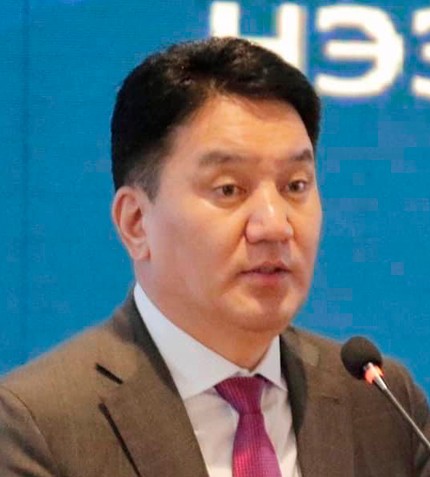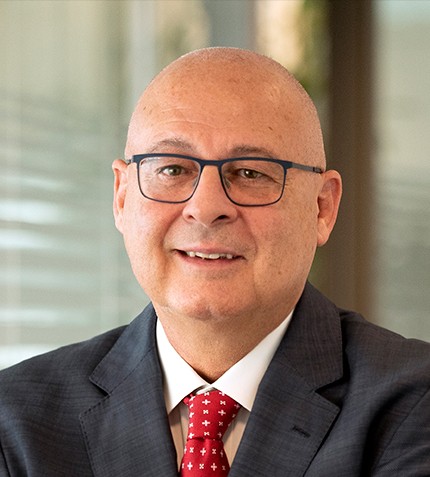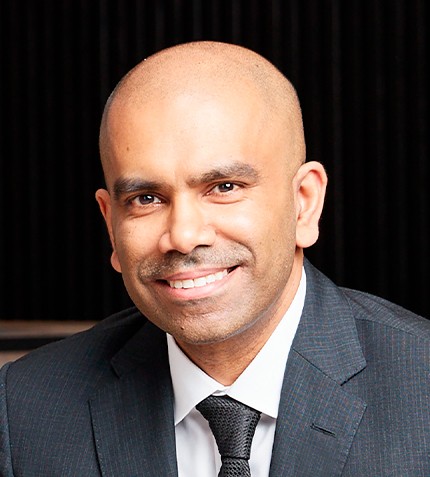
"The main reform we are undertaking is the re-drafting of the Mineral Resources Law to facilitate the investment environment in the mineral sector and provide clarity."
Ganbaatar Jambal
MINISTER, MINISTRY OF MINING AND HEAVY INDUSTRIES
What are the main policy reform priorities within the Ministry’s agenda?
The main reform we are undertaking is the re-drafting of the Mineral Resources Law to facilitate the investment environment in the mineral sector and provide clarity. The current law dates from 2006, and has gone through over a hundred amendments, which have created overlaps and confusion, so it is high time this is redone. The redrafting process began in 2020, with the first draft approved in March this year, and a second one released for public review in October. 35% of the comments received in the first draft were reflected in the new draft.
The royalty paid current has a base of 5%, and depending on the commodity prices, the percentage can increase dramatically. In the (drafted) law, the percentage will conform to the international best practice. Within this framework, we are also addressing the issuance of mineral exploration licenses. In the last year, Mongolia started granting exploration licenses at a stable rate. We seek to stabilize the issuing of permits further and improve – as well as digitalize- the tender process for mineral permits.
The redrafted Mineral Resources Law is in its final stages of completion. We plan to submit the document to the Government of Mongolia in November and pass it on to the Parliament in December 2023.
Effective this June, the law on the Mining Commodity exchange has also been enacted, with the scope to overcome corruption, bribery, theft, but also bureaucracy by selling products through the exchange by mandating the participation of the state and state-owned enterprises. Private companies can participate on a voluntary basis. Mining companies in coal and copper have started trading on the exchange since the beginning of this year, and we are looking to extend this to fluorspar and iron in the future. Since implementing the Exchange, the selling price of coal has gone up. The goal is to have 30% of Mongolia’s commodities traded on the Exchange as a starting point.
How do you seek to maintain the momentum in exports not only in coal but also copper?
Our main export item is coal. Mongolia had exported 35 million t/y of coking coal at best, but, this year, we are almost doubling this volume to 60 million t/y. While demand for thermal coal is inevitably phased down as the world rejects this form of fossil fuels in line with the energy transition, demand for coking coal is poised to stay strong.
Meanwhile, in copper, Oyu Tolgoi’s (OT) underground mining will boost Mongolia’s copper concentrate exports in the long run. We are exporting approximately 1.4 million t/y of copper concentrate with the potential to ramp up to 2-2.5 million t/y in the future. Besides the OT, other projects are moving towards mining. Zijin, one of the largest Chinese investors, financed the development of the Kharmagtai copper and gold project, operated by Xanadu Mines, while operations at the Tsagaan Suvarga mine are progressing according to plan, taking us closer to the goal of becoming the third largest copper producer in the world.
How do you tackle the negative perception of mining by parts of the Mongolian population?
In my view, the fact that money collected from mining is put into a national budget, disseminating that revenue as social care, rather than going back to the host communities, is part of the problem. We are proposing that 10 to 20% of royalty contributions go into local community development, but the law is yet to go through Parliament. One other point we have been working on is dispute resolution with communities by establishing an agency in seven regions in the country to act as a bridge.
How are you working to accelerate exploration, especially in critical metals like rare earths?
We are currently doing baseline studies, having signed a trilateral agreement with South Korea and the US to establish a Rare Metals Cooperation Center. Since many of the known targets were defined before the 1990s, there is ample scope for new surveys to reconfirm the mineral occurrences and be able to discover more critical battery metals.
Do you have a final message for international readers and potential investors?
I would like to reassure investors that Mongolia will have a stable state policy and the older patterns of sudden changes will be a thing of the past.










